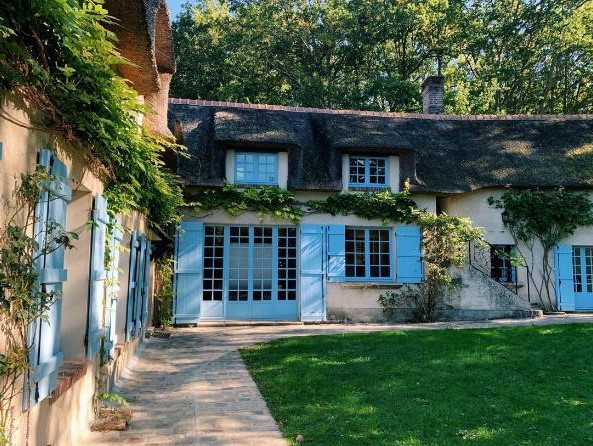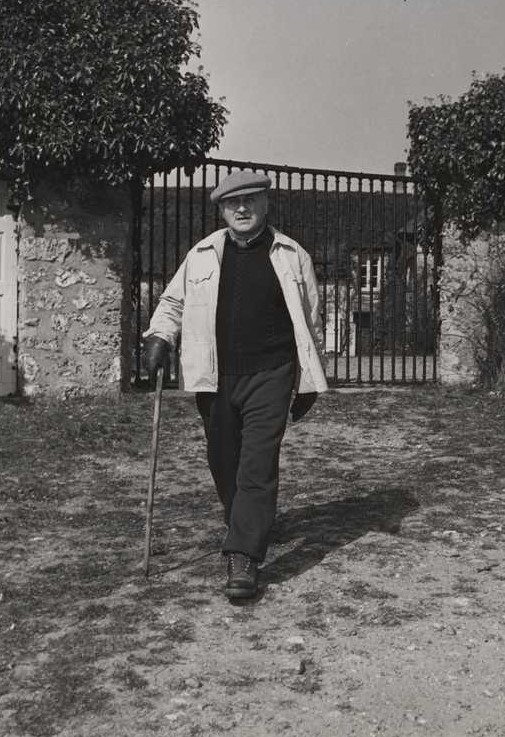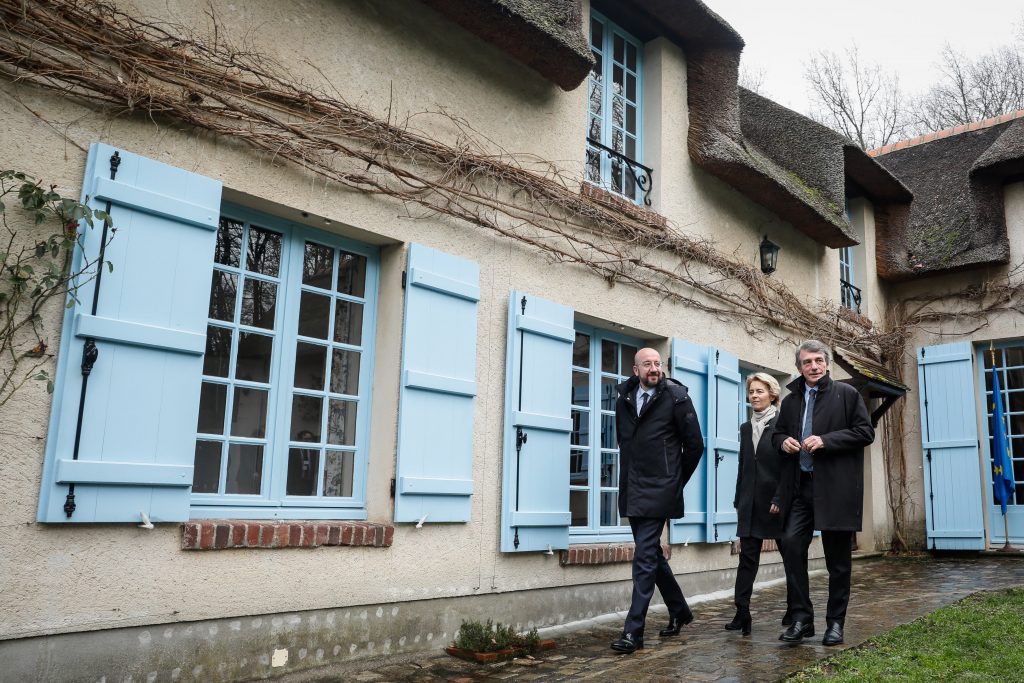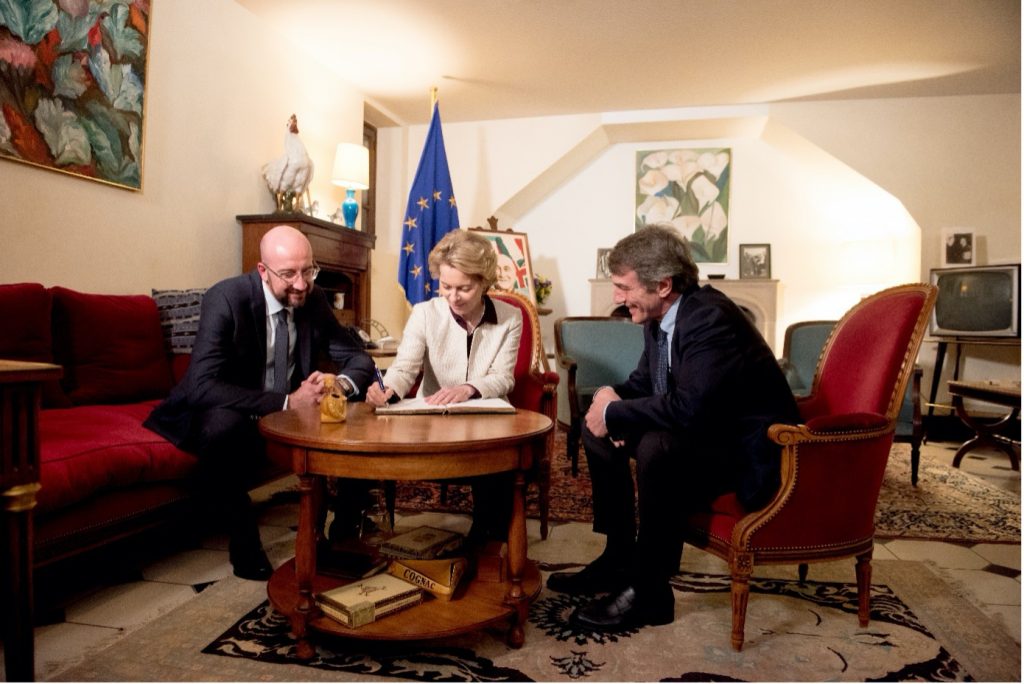
The Maison Jean Monnet, located in the small hamlet of Houjarray, 45km west of Paris in the Yvelines, is where Jean Monnet lived and worked from 1945 until his death in 1979. It has been the scene of decades of efforts to unite Europeans. In this house was notably conceived the idea of the European Coal and Steel Community and drafted the Schuman declaration of 9 May 1950 – the founding act of the European community. The Maison Jean Monnet is today a museum and a place of remembrance of the European construction, under the responsibility of the European Parliament.

Born in Cognac in 1888, Jean Monnet has always maintained a privileged link with nature. All his life, he fled the hustle and bustle of the cities to find in the countryside or in the mountains an environment conducive to reflection. Posted in Washington during the war, where he negotiated and managed American supplies to the Allies, he settled in Foxhall Road and got into the habit of taking long morning walks before commuting to work. Returning to Paris in 1945 with his wife Silvia and their daughters Anna and Marianne to take charge of France’s construction and modernization plan, Jean Monnet seeks a house in the countryside near Paris to settle down and maintain his morning routine. Every day, he puts on his walking shoes to explore the countryside before going to the office at the end of the morning with clear ideas and solutions to the problems of the day before. “I think with my legs,” he used to say.
The house of Houjarray quickly became an important place of work for Jean Monnet who liked to conduct there discussions that required a climate of confidentiality and trust, even familiarity. He informally receives collaborators, journalists, trade unionists, and heads of state from all over the world, with the simplicity of the Charente provincial that he has never ceased to be.
It was in Houjarray that the project for the European Coal and Steel Community (ECSC) is drafted and the Schumann declaration of 9 May 1950 is finalized.
J. Monnet, R. Schuman and B. Clapier in May 1950 in the gardens of Houjarray
Family visit of President Eisenhower, 1963
(c) France-Soir, Paris source: Jean Monnet Foundation for Europe, Lausanne
Jean Monnet retired permanently to his house in Houjarray in 1975 to write his Memoirs.
(c) New York Times, Martine Franck source : Jean Monnet Foundation for Europe, Lausanne
The European Parliament decided in 1982 to acquire the house and to make it a place of remembrance open to the public in which everyone can come and revitalise at the very origins of the European project. The Maison Jean Monnet is open all year round, admission is free and an interactive exhibition allows visitors to discover Jean Monnet and his legacy the very place where it was built.
The Maison Jean Monnet also receives numerous school visits every year, allowing high school students and apprentices to familiarize themselves with the history of European construction and the role of the founding fathers.
Finally, the house regularly serves as a meeting place for European leaders who find in this cottage steeped in history a source of inspiration for the future of Europe.

